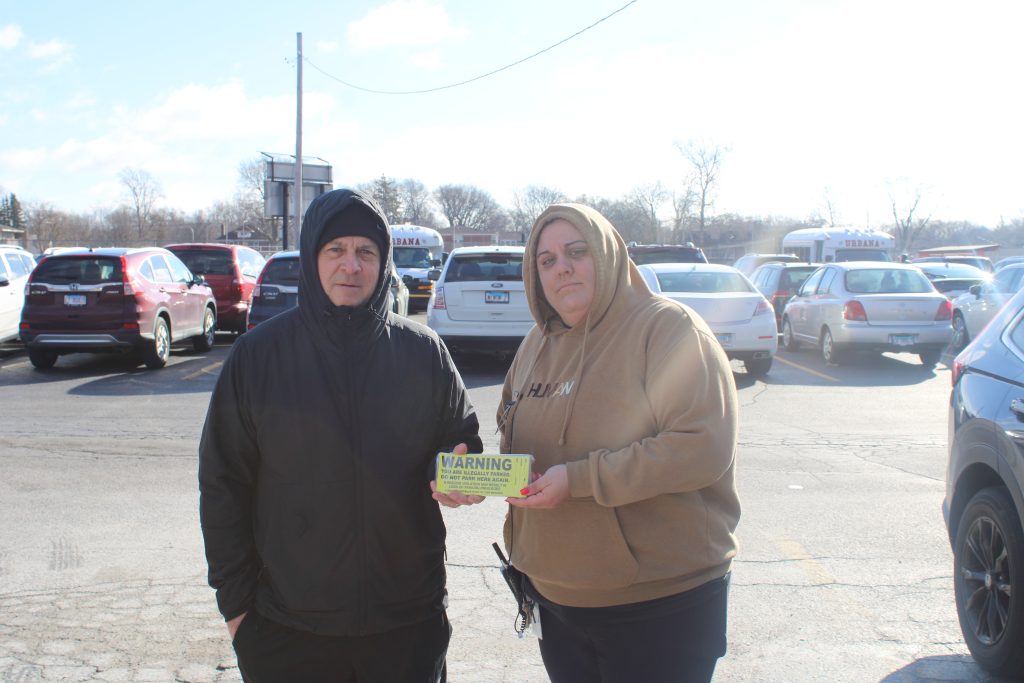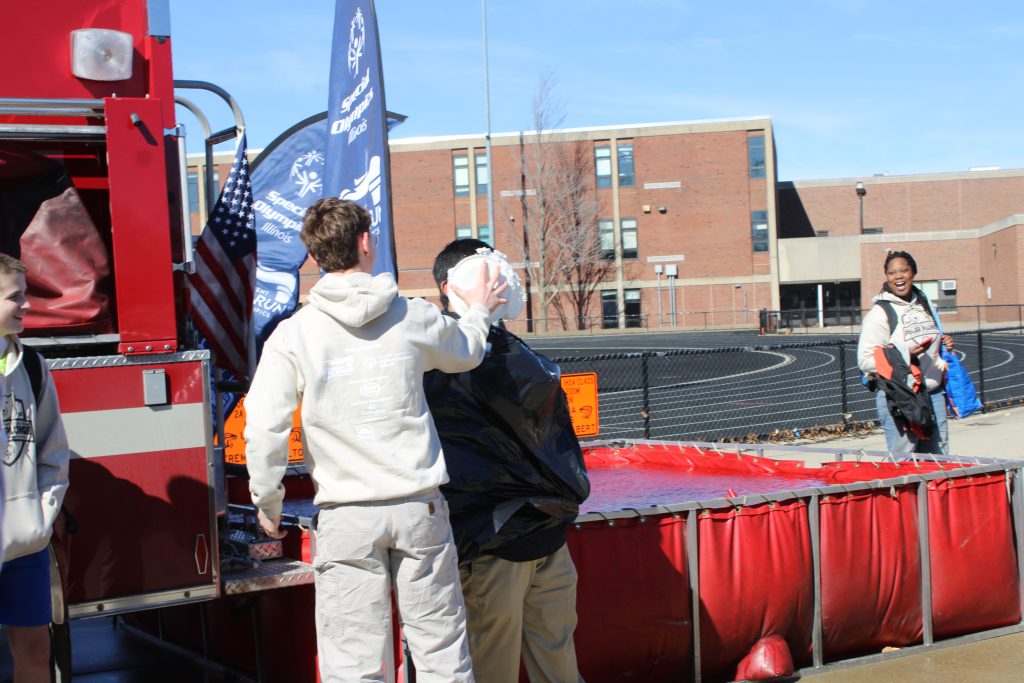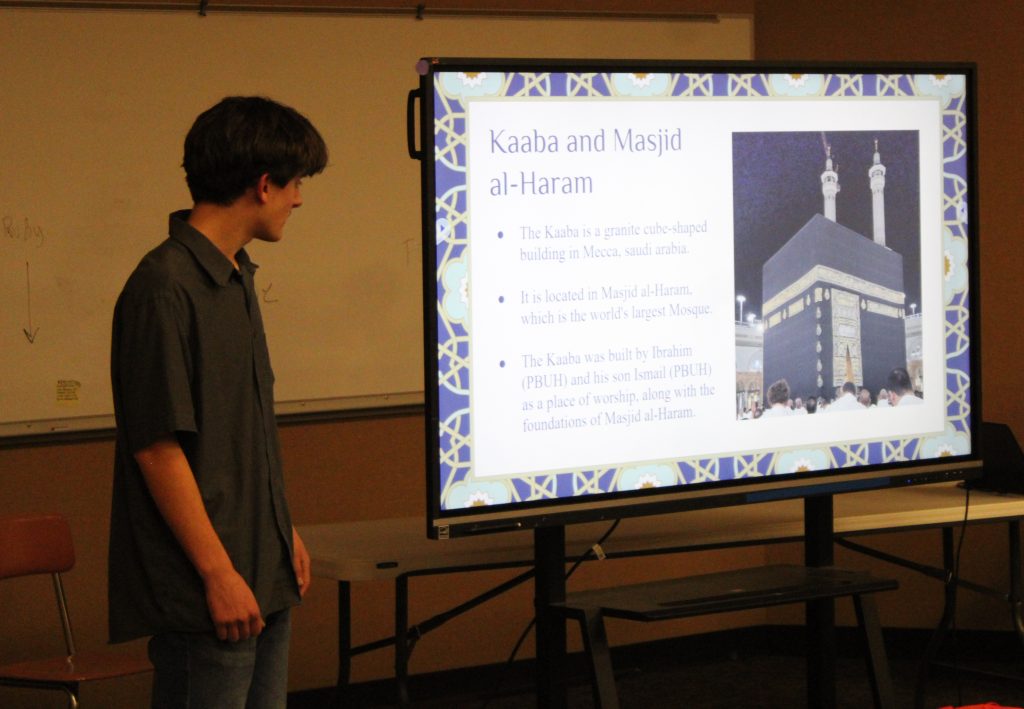Tristan de Cunha

Stranded in the middle of the Atlantic Ocean, 1,750 miles from South Africa and 2,088 from South America lays the island of Tristan da Cunha. This British overseas territory is home to the small town known as “Edinburgh of the Seven Seas,” whose citizens boast the fact that they are the remotest civilization on planet earth.
The people of Tristan da Cunha, known as Tristanians, rarely make contact with anyone outside of their 80 square mile island, except for South African fishing boats that service the island seven or eight times a year. Lacking an airport, Tristan da Cunha an only be reached by sea, by a 1,750 mile voyage from Cape Town, South Africa.
The 264 residents are all descendants of 15 original inhabitants, with only 8 surnames on the island: Glass (Scottish), Green (Dutch), Hagan (Irish), Lavarello (Italian), Patterson (Scottish), Repetto (Italian), Rogers (English) and Swain (English). While a few of these families settled the island soon after it’s discovered, many of them, including the Italian families, shipwrecked on the island and decided not to leave. The Tristanians today speak English and are under the authority of the English government, although they rarely make contact since the islanders have very few issues that require government. Currency is not extremely important to the Tristanians, and they instead usually trade using birds, livestock, or crops.
Tristan became connected with the outside world for the first time in 1961 when Queen Mary’s Peak, the Volcano located in the center of the island, began to erupt. The British government helped to evacuate the citizens, and relocated them in England in group homes until the island was safe enough for them to return. These new people intrigued the scientists of England, many of whom believed the Tristanians to be the missing link in the theory of evolution. The islanders, who had never seen anything like cars or television, we’re frightened by the whole situation, especially the scientific experiments preformed on them and decided to move back to their remote island home. After hearing that their settlements only had minor damages, the Tristanians returned home led by Willie Repetto. It was a long voyage, but most of the islanders were glad to be away from the sudden attention they received in England.
Just like the English scientists, many people are still intrigued by the Tristanians today. Many doctors are specifically interested in the mysterious case of asthma that nearly every islander has developed. The gene responsible for the islanders’ asthma is still to be discovered, and doctors from around the world still make the occasional trip to Tristan to run tests on the patient and hopefully isolate the gene. The BBC documentary “The Story of Asthma Island” provides much more information on the mysterious cases of Asthma, and can be watched online if anyone wants more information.
Others who travel to Tristan Da Cunha are just curious about how these people live their lives. Every year several adventurers make the long voyage to visit the remotest civilization in the world. Several of these voyages have been captured on film and can be viewed online, including the British documentary “Tristan da Cunha – No Place Like Home” which is available on YouTube.










Hello to every single one, it’s actually a nice for me to go to see this web site, it includes useful Information.